Dynasty Warriors: Origins is the series’ most successful attempt at reinvention yet, and that’s saying a lot for a franchise that’s been growing and expanding since 1997 – often quite radically. More grounded, yet with the same larger-than-life “one versus one thousand” flashy action, Dynasty Warriors: Origins returns to the series’ best ideas while using its single-player focus to give a fresh spin on the story, introducing a slew of features that make these large-scale battles throughout the Three Kingdoms period more visceral than ever.
Developer Omega Force is no stranger to shaking things up. After all, the original Dynasty Warriors was a one-on-one 3D fighting game similar to Battle Arena Toshinden. Yet, with Dynasty Warriors 2 in 2000 the leap to PS2 retooled the setting to be a flashy beat ’em up set in large-scale battlefields, birthing the Warriors genre itself (also known as ‘musou’). From there it’s been reinvented time and time again, adapting other time periods (Samurai Warriors), at others applying the formula to licensed IP (Hyrule Warriors: Age of Calamity, Persona 5 Strikers, One Piece Pirate Warriors 4), or even inspiring numerous musou-likes (Fate/Extella). But it’s not always worked out. Dynasty Warriors 9, the last game in the series, retooled it to be a huge open world – and it ended up being extremely dull with abysmal technical issues.
Which is why I’m happy to say that Dynasty Warriors: Origins isn’t just a return to form, but a genuine reinvention that makes the series feel fresher than ever. Considering that, as with all Dynasty Warriors games, it’s once again telling the story of China’s Three Kingdoms era (inspired by the popular epic Romance of the Three Kingdoms), it’s impressive that this retelling of how the conflict came to be feels novel.
That’s thanks in large part to focusing the story on you. An original character, you’re an amnesiac but skilled warrior who ends up thrust into battle alongside Guan Yu, earning the nickname Ziliuan – a kind of sacred bird – for your ability to read the winds of change in the midst of hectic battle. From there, you Forrest Gump your way through the conflicts of the era, able to lend your blade to the three major factions – led by Sun Ce, Cao Cao, and Liu Bei – while also bonding with the heroes of legend who fought with them (with romantic subtext you could cut with a crescent blade).
To battle
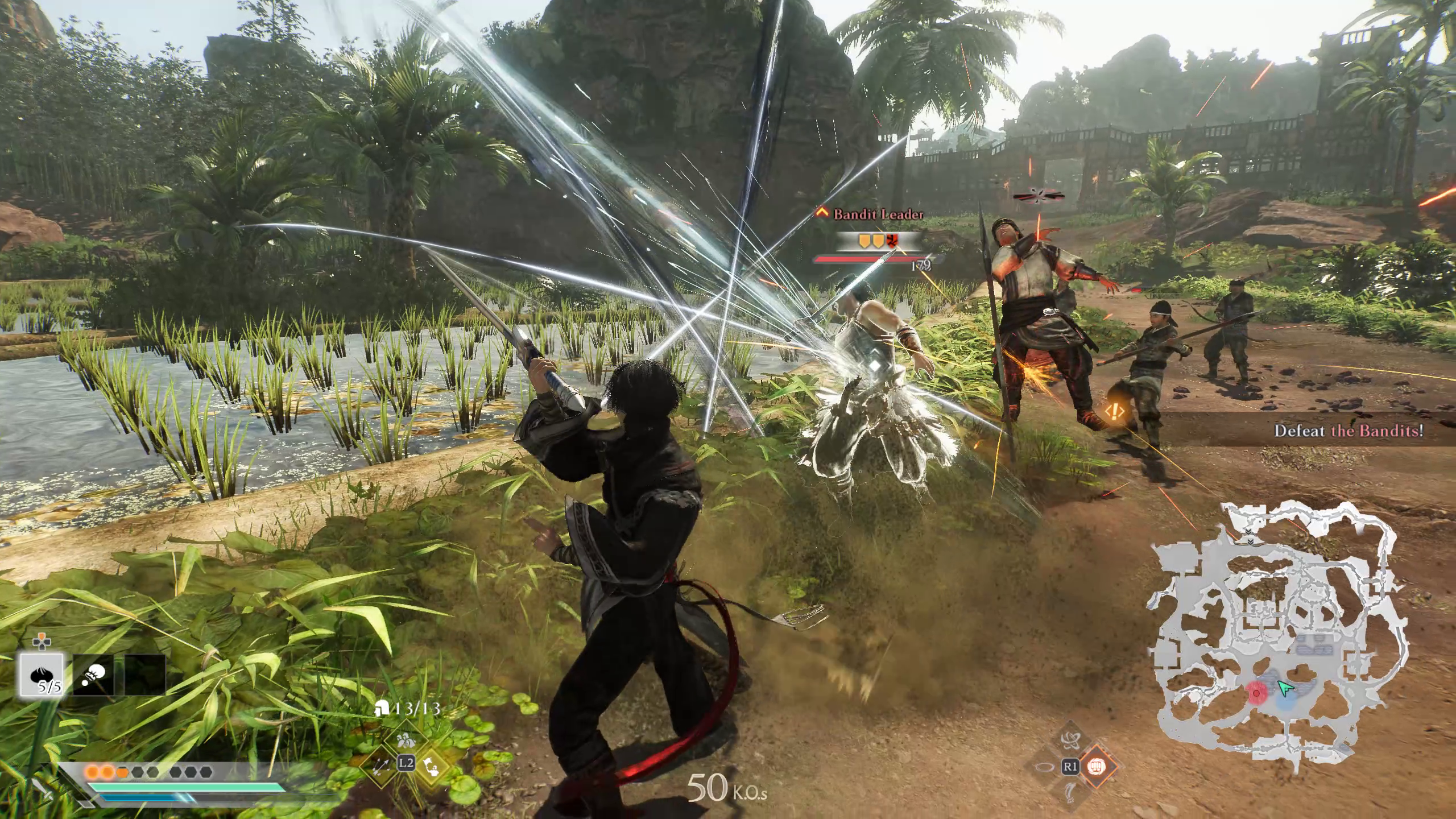
Key info
Developer: Omega Force
Publisher: Koei Tecmo
Platform(s): PC, PS5, Xbox Series X
Release date: January 17, 2025
But it’s on the battlefield Dynasty Warriors: Origins really shines. Exploring a map of China like an overworld from a classic RPG while mounted on a horse, you can find collectibles, chat to locals, visit towns, and take on sidequests – but it’s also here you initiate the many bigger battles that form the spine of each chapter.
Each battlefield environment is large and complex, striking a middle ground between earlier Warriors’ more corridor-based design with ambitious open areas to give each space a unique flow. One part of the battlefield may be made up of little connected forts you can capture, for instance, while the space outside a large castle is a much larger plain for hundreds upon hundreds of fighters to scrap. Often these suit the needs of the story being told by the battle, be it rushing through checkpoints on your horse or helping a unit flee.
Hundreds upon hundreds is no exaggeration. As ever, a counter on screen ticks up as you string together light and heavy attacks with your weapon of choice to send standard enemy soldiers literally flying. Regularly in these large fights will you plough past 1,000 – a special graphic cleaving through the displayed number taking up the whole screen, boosting your special meters to enable you to keep the devastation going.
The more you use weapons, the more they level up, unlocking expansive move sets that, while somewhat consistent for each weapon in how you use them, have their own feeling. Your standard sword is the most approachable, each hit of a light combo giving you a new jumping off point with the heavy attack to deploy a completely unique move. Others, like the gauntlets, have you shifting forms in different manners to change your next attack options, or the blade wheels that introduce a timing element as you spin and catch the weapons before flinging them away again.
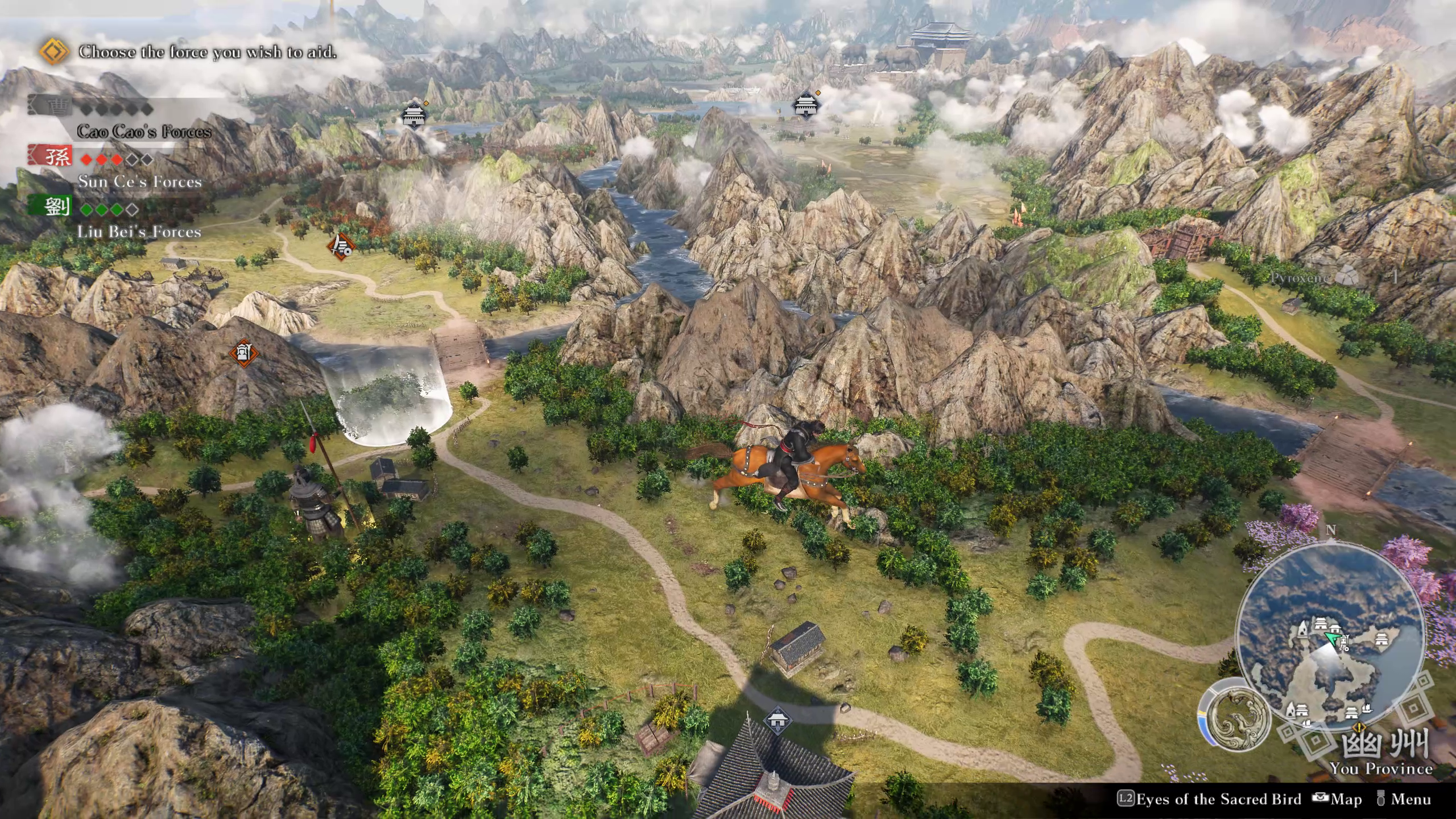
Not all soldiers go down so easily, as stronger foes – usually leading a unit or acting like mini-bosses in fortified zones you have to capture – have bigger health bars and a stack of Fortitude. Unleashing strong attacks, spending Bravery on Battle Arts, or unleashing an iconic ultimate musou attack will chip away at this; as will pressing the block button for a parry. With it depleted, enemies stagger, opening themselves up to a follow-up attack. While all of these ideas have been present in Dynasty Warriors in some form in the past, they’ve never gelled together as well as they do here, the clashes feeling incredibly tactile as you exchange blows and move fluidly from one mode of attack to the next, everything feeding into each other.
Spinning off
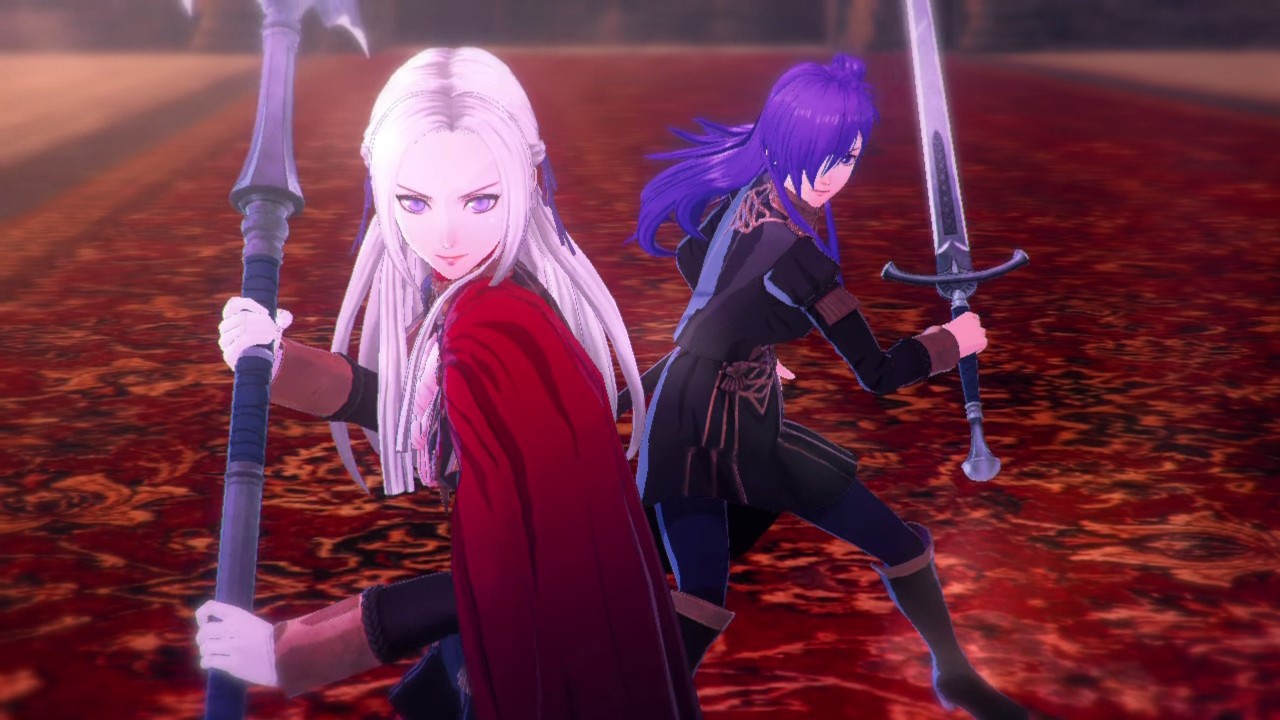
The series has also adapted Nintendo’s strategy series! In our Fire Emblem Warriors: Three houses review, we said it “blends strategy and real-time battles for something new”
This even comes to the fore in special set-piece boss encounters which really put your ability to go blow for blow with a stronger enemy to the test. There weren’t a lot of these in the routes I played (though there are a lot of paths depending on who you side with, and the actions you take in pivotal moments), but each remained memorable – and go to show that Omega Force have learned lessons from even their licensed entries, even if boss fights here don’t go quite as hard as the anime-inspired antics of One Piece Pirate Warriors 4.
The visceral nature of combat is emphasized even further when you complete sub-objectives in battle to assist the commanders of your faction, allowing you to form up for a battle charge. Incredible sound design and canny use of camera angles sells the adrenaline of riding into war, making the stomach lurch like the best of rollercoasters. In these biggest exchanges, enemy forces can become so large that they’re organized with their own health bar and special attacks, coming down on you with such force and power they’re like a human wave, which must be broken to make the fight go more smoothly – again accompanied by a massive roaring of voices like a boisterous football crowd.
Which is all to say you constantly have a lot of flashy moves to use and a heck of a lot of targets to use them on. But it’s not pure chaos. Thanks to Ziluan’s strange ability to read the literal wind, you hold [L2] to zoom-out slightly and bring the action a stand-still, able to see more information on ally and enemy units (which is also sort of used as an in-universe explanation for the mini-map and morale gauge – which is a bit of fun). You can customize how much information the game gives you and how much it slows down, and if you fail a battle – for example, if you let your general die – you can rewind through a timeline of data on the whole battlefield and choose from multiple checkpoints to rejoin the fray. Some set-pieces even have you use this power to spot enemy tricks or traps. Though this feature is a bit sporadic, it’s an additive way to incorporate this power into both the mechanics of battle and the narrative.
Forging alliances
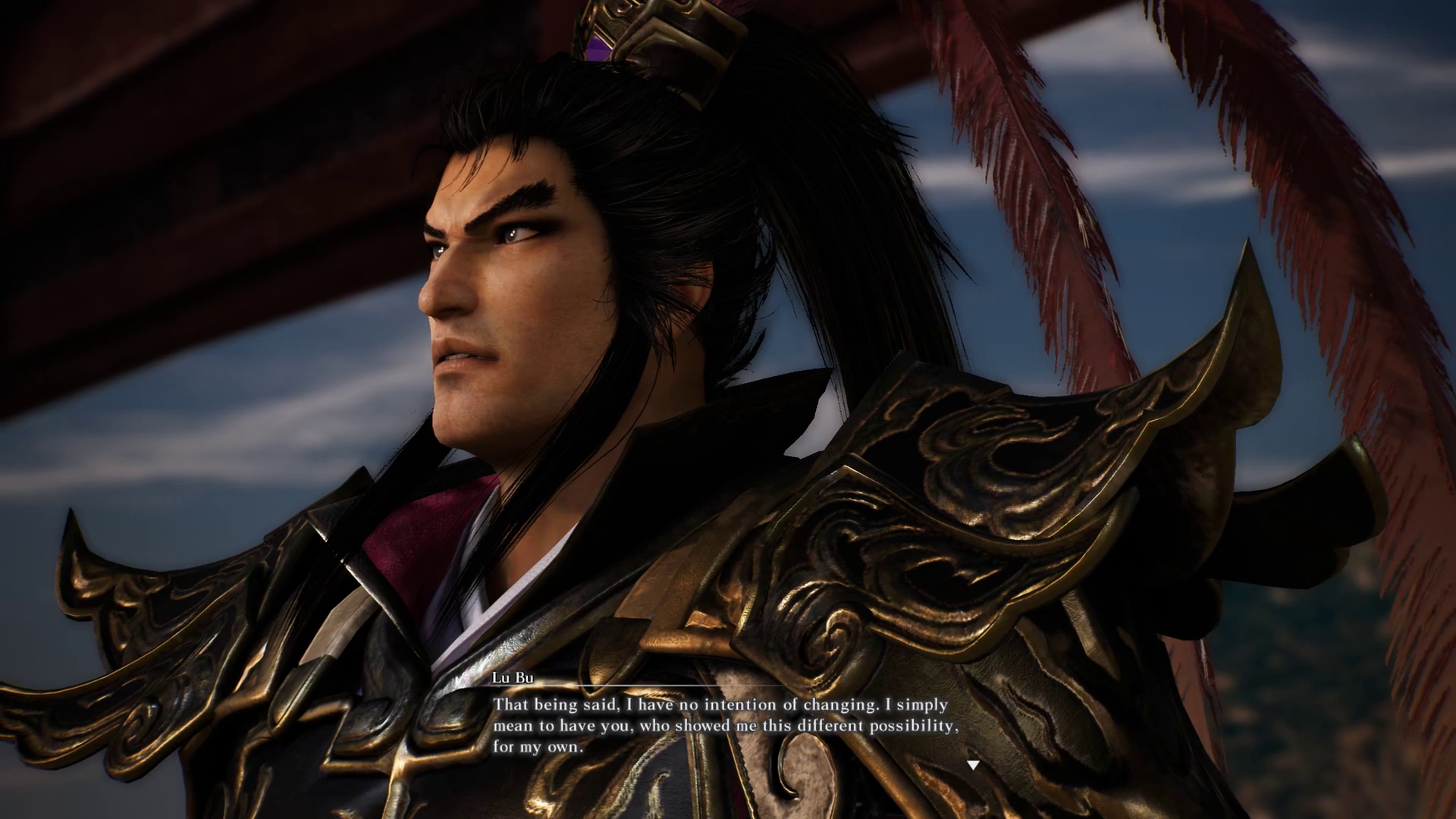
By design, though, there are some areas where Dynasty Warriors: Origins may leave long-time fans a little cold. The dedication to telling a single-player narrative means there’s no multiplayer co-op, which for some fans is the primary way they’ve played past entries. For another, the legion of characters to play as, a defining series trait to this point, is no more.
Additional characters act only as companions to Ziluan. This means you can team-up with combo attacks, but also switch to playing as them briefly once their musou gauge is full. Here, each hero is incredibly powerful, with their own weapons and battle skills that allow for some really destructive attacks. But anyone looking to mainline a campaign playing as Sun Shangxiang or Zhang Liao won’t be served here.
Even though you’ll be playing as those other heroes less, they’re still well-drawn here, and it’s a pleasure to get to know them through bonding scenes even if their challenge-based requests can get a little rote, as can the often fairly static scenes of characters standing around talking to each.
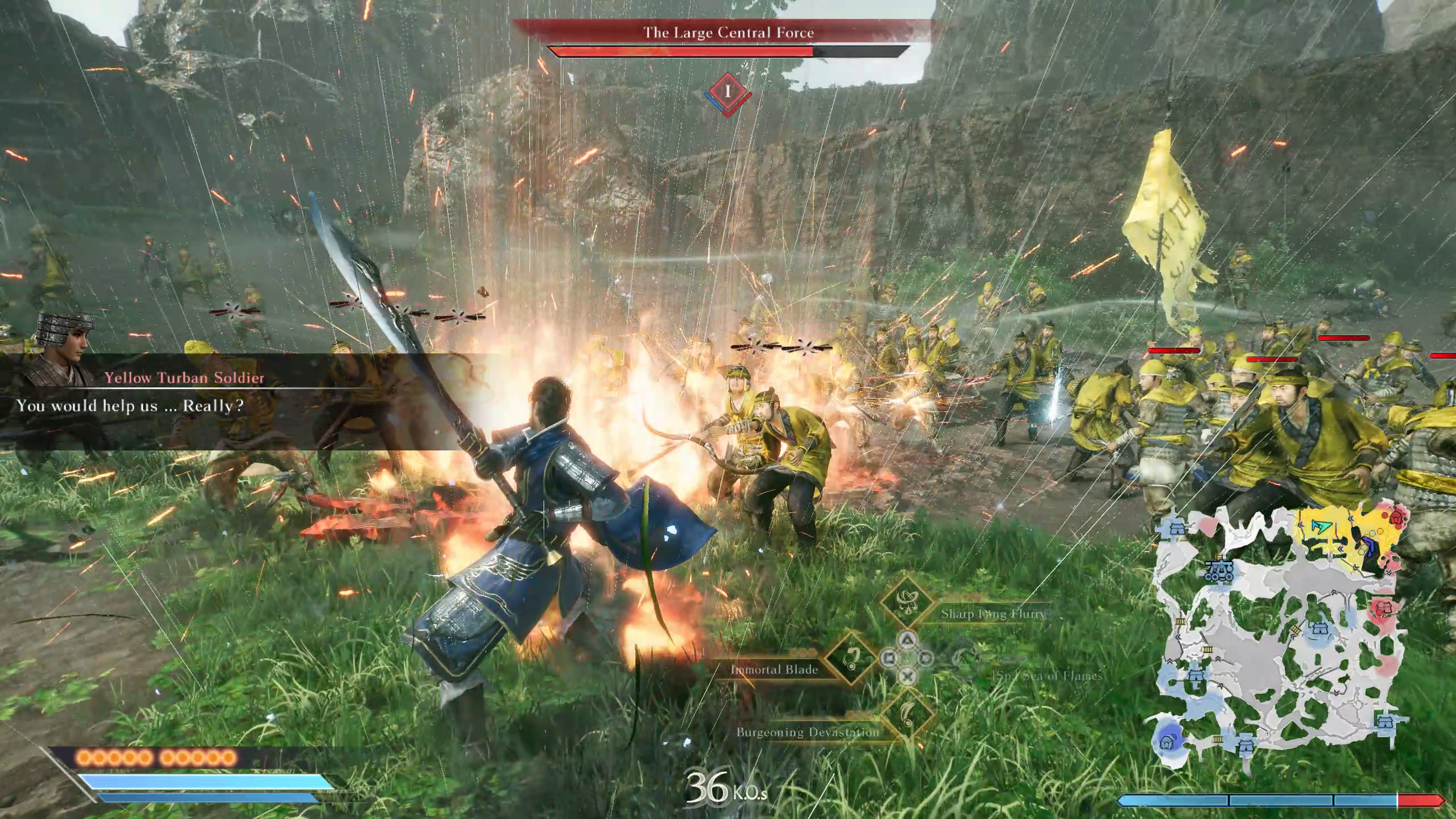
Still, it’s all compelling enough that I couldn’t resist passing up the chance to natter with a new ally, and I genuinely began to feel conflicted about who I’d end up pledging my allegiance to in my first route. With a slightly more grounded tone, it’s great to get the chance to see a (tiny amount) of humanity in the menacing Lu Bu, and to see more of Zhang Jiao and Dong Zhuo without them just being facial hair twirling caricatures.
Sure, while you can’t judge a game based on what it isn’t, how something stacks up against predecessors is still a factor. With that said, though, I think Dynasty Warriors: Origins – with its focus on Ziluan as a character, and focused on telling a more complete RPG-like story – does a tremendous job, and focusing on those elements really helps that come to the fore. The action is better than ever, and the overworld design really helps each skirmish flow into the next. More than a return to form, this soars high indeed.
Dynasty Warriors: Origins was reviewed on PC, with a code provided by the publisher.
Looking for something to play with a friend like previous Warriors games? We’ve got a handy list of the best co-op games to lend a helping hand!
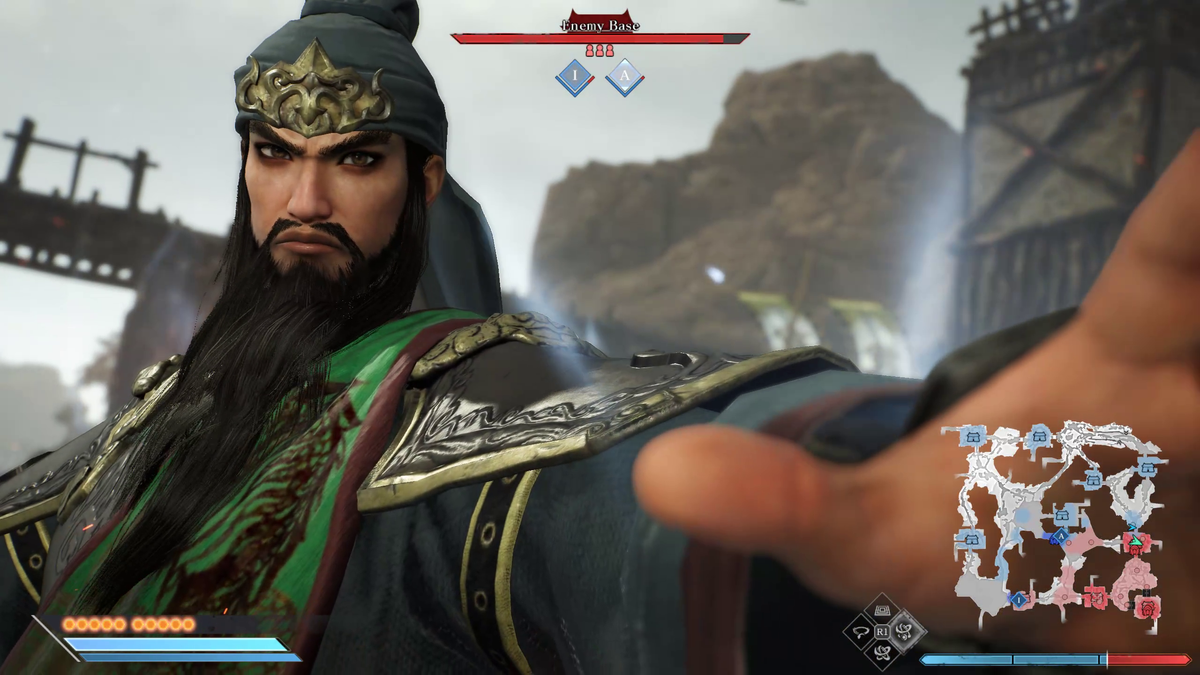
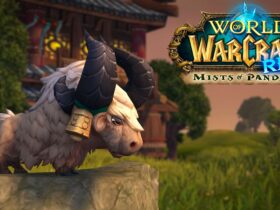
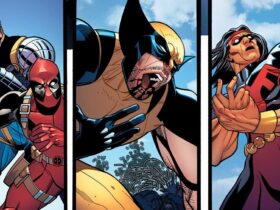
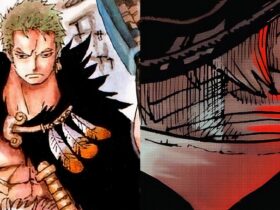

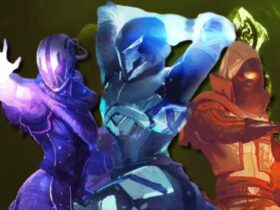

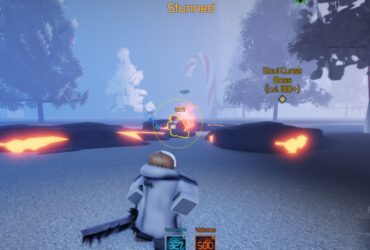



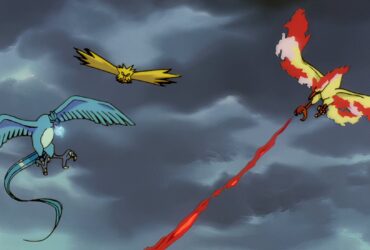
Leave a Reply